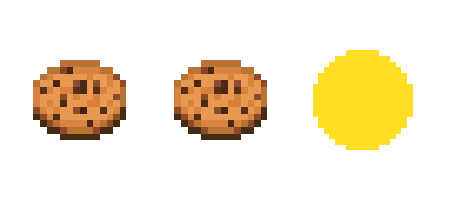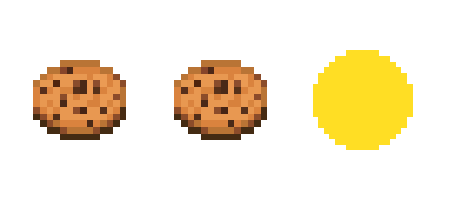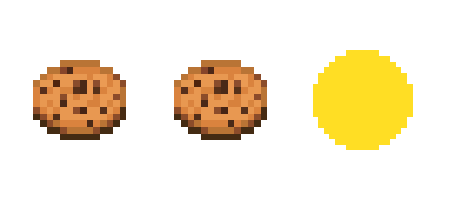Emoji’s
21.01.2025
Emojis have become an indispensable part of digital messages today. Whether it is a quick message to friends or a professional post on social media, these little icons help us convey emotions, reactions and even complex ideas with a simple tap. From their humble beginnings as grainy smiley faces to the wide range of symbols we have today, emojis are now a universal language that transcends language barriers and bridges cultural divides.
Evolution
But how did they evolve into such a powerful tool that sets the tone of our online discussions? And how do different generations, especially Gen Z, use them? If you want to keep in touch with younger generations or avoid misunderstandings, it is crucial to keep abreast of the latest emoji trends. Let’s take a closer look at how the use of emojis has evolved over time and how understanding these trends can help you stay relevant and interact better in today’s digital world.
It all started in the late 1990s in Japan, when Shigetaka Kurita designed the first set of emojis. These pixelated icons, representing emotions, the weather and everyday objects, were meant to add emotional nuance to the sterile world of digital communication. In 2010, the Unicode Consortium entered the picture and standardised the emojis so that they could be used worldwide on any device, from smartphones to computers. What began as a simple smiley face has now grown into a rich language of more than 3,000 symbols that are constantly updated to reflect changing cultural trends, from food icons to expressions of diversity.
But the current use of emojis goes far beyond their original purpose. While millennials use(d) the classic ? or ❤️ to convey warmth and sincerity, Gen Z has given new, often ironic meanings to emojis.
Gen Z
Millennials were the first generation to widely use emojis in their digital communications, especially as a way to add emotional expression to their texts. They used emojis to soften their tone or express emotions more directly, Gen Z has added layers of sarcasm, irony and cultural nuance. Whereas millennials use ? (crying laughing) to express genuine amusement, Gen Z may choose the skull emoji ? to say ‘I’m dead’. Not literally, of course, but to indicate that something is so funny that they metaphorically died of laughter.
The crying face emoji ?, once to show sadness, might now express exaggerated sympathy or sarcasm in Gen Z’s world. Emojis such as ? (standing person) and ? (swirling leaf) have taken on abstract meanings and often represent awkwardness or discomfort. For this generation, the real fun lies in reusing emojis to reflect their unique sense of humour and identity.
Not all emojis have evolved positively among Gen Z. The thumbs-up emoji ?, once a go-to for millennials to show approval, is now seen as passive-aggressive by many younger users. In Gen Z circles, emojis are more than just punctuation; they are tools of subtlety and humour, used to indicate deeper meanings. And beware of context: the meaning of an emoji on TikTok can mean something very different from what it means in an email at work. Emojis can also indicate inside jokes, memes and trends, which are rapidly evolving on platforms like Instagram and Snapchat.
This shift in meaning shows a move towards a more visually encoded language where context is everything. The same emoji can have different connotations depending on who is using it and in what context, illustrating how digital communication tools like emojis continue to adapt to the cultural zeitgeist.
In face-to-face communication, we rely on body language and facial expressions to understand each other. But in the digital world, these cues are not there and that is where emojis shine. A statement like ‘That’s great’ can sound sincere or sarcastic, depending on whether you add a ? or a ?. Emojis help fill emotional gaps and add context that words alone cannot provide.
For Gen Z, emojis have taken on new meanings. Take for instance the ? (nail polish) emoji, which was first made popular by the queer community and is now widely used to express self-confidence or express that you are good at something (check out our article on gen Z slang if you want to know more about this).
Even at work, emojis have found their place, although with caution. Gen Z is adept at balancing informal communication with professionalism. You might see a friendly ? or a simple ? in an email at work, conveying warmth but still remaining formal. On platforms like LinkedIn, the right emoji can even enhance personal branding, adding personality without sacrificing credibility.
Ultimately, emojis are more than just digital decoration, they are a language of their own. And as Gen Z continues to change the way we communicate, emoji will continue to play a central role in our changing conversations.
If you need a Gen Z emoji guide, we’re here for you!
Gen Z emoji list
Take a quick dip into this glossary of emoji meanings, created by our very own Gen Z colleague Rosalyn.
?: The skull emoji is used to indicate that something is so funny that the person ‘dies’ from laughing. By adding ‘?’, you can emphasise it even more (I’m covered in laughter).
?(tired face): The tired face is a very versatile emoji. It is often used to indicate that you like someone ‘well’, as in attractive (‘hot’). It can also be used to express strong appreciation in a platonic context.
- ‘Why does he have to be so mighty good-looking ?’
- ‘Best pasta I’ve ever eaten ???’
- ‘You don’t mean that bro ?’
?(The upside-down face): The upside-down face emoji is not just a smiley turned upside down. It is actually a shorthand for ‘this is terrible’ or ‘FML’.
- ‘I just spilled coffee all over my laptop ?’
?(clown face): The clown emoji is used to describe someone behaving foolishly or ridiculously. When someone makes an absurd statement, you often see this emoji pop up in the comments.
- ‘Guess who forgot his wallet at home before he went shopping ?’.
Bonus: In gaming, players can say ‘this is a clown fiesta’ to describe a chaotic or poorly played game, usually when one or both teams make bad or nonsensical decisions.
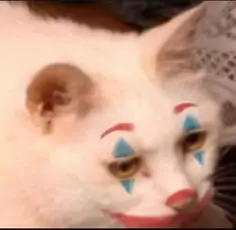
?(sob face): The sob emoji is used to express strong emotions that are not about sadness. It is often used in humorous or loving contexts.
- ‘Naw but why is my cat so cute ??’
?(fire): This emoji is used to indicate that something is ‘lit’, meaning stylish, cool or sexy. It is a way of expressing excitement or admiration.
- ‘Your outfit looks great today!’
- Comment ‘???’ on a friend’s post to show your approval.
?(hot face): The sweaty hot expression is never used to express how hot the weather is, but rather to express how attractive they find someone, and often used in flirty exchanges.
? (nail polish): Denotes self-confidence or spunk; often used when someone doesn’t care or to stylishly emphasise a point.
? (thinking face): Used to indicate contemplation or scepticism; can also mean questioning someone’s logic or intentions.
? (Woozy Face): represents a dazed feeling; may indicate intoxication or general confusion.
? (Eyes): Denotes curiosity or attention; often used to indicate something interesting or to express ‘I’m looking at’ someone or something.
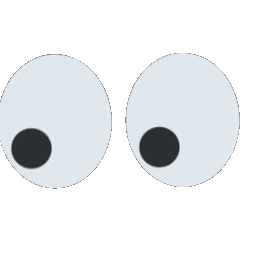
?(Folded hands): The folded hands emoji is mostly used by Gen Z as a way to express gratitude or convey hope for something.
??(Pointing fingers): This is to indicate shyness or begging for something.
- This emoji is often accompanied by ‘?’ to emphasise the expression.
- For a long time, this was trending with the phrase ‘is for me?’.
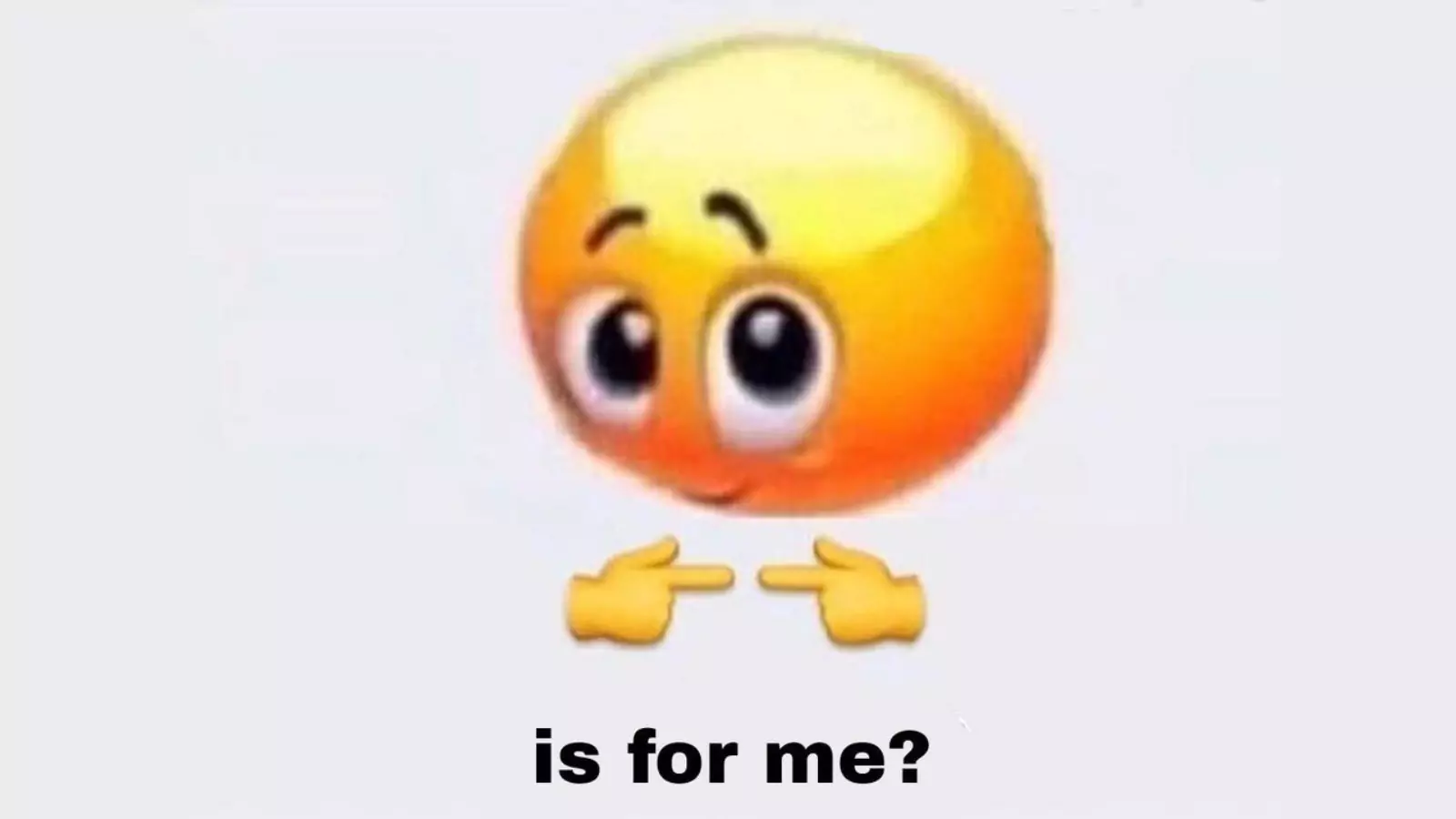
✨ (Sparkles): Means excitement, magic or something special; often used to emphasise positivity or enthusiasm.
?️??️ (Shocked combo): Should denote shock and surprise. Say goodbye to the ‘?’ emoji.
? (Wide eyes): This one is a bit difficult to explain, but it is not used to express embarrassment. You can use it to indicate that you are surprised by unexpected news.
Example: ‘Did he really complain? He said it was fine to drive that extra kilometre ?’
(Melting face): The melting face emoji is used to express feelings of embarrassment, awkwardness or a sense of being overwhelmed, as if you are literally melting away from the situation. It is a way of indicating that you feel uncomfortable, due to shyness or being confused.
?(Stupid face): Don’t use this emoji unless you want to be considered ‘cringe’.
Be careful as the following emoji can be interpreted as negative or passive-aggressive:
?(Thumbs up): Be careful when using the thumbs-up emoji with Gen Z, as they often interpret it as a passive-aggressive way of saying ‘good job’ or ‘sure’. A very iconic use is as a blunt response to long, emotionally charged messages. If you are looking for a quick or informal way to say you agree with something, try using the ‘?’ emoji instead.
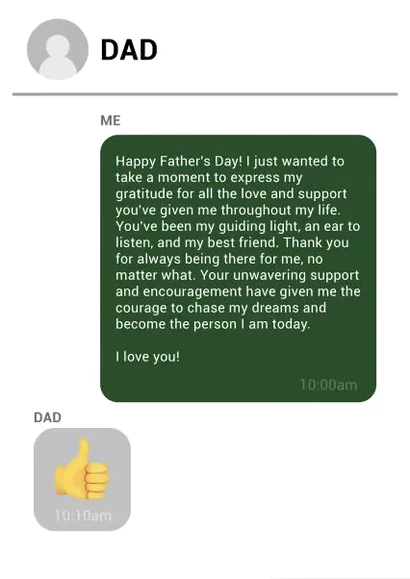
? (slightly smiling face): Your trusty old regular smiling emoji is not used to show happiness, quite the opposite in fact. It is mostly used to indicate a sarcastic or forced smile, often in situations that are not fun.
- ‘I love being stuck in traffic right after a long day ? ’
- ‘This meeting could have been an email ? ’
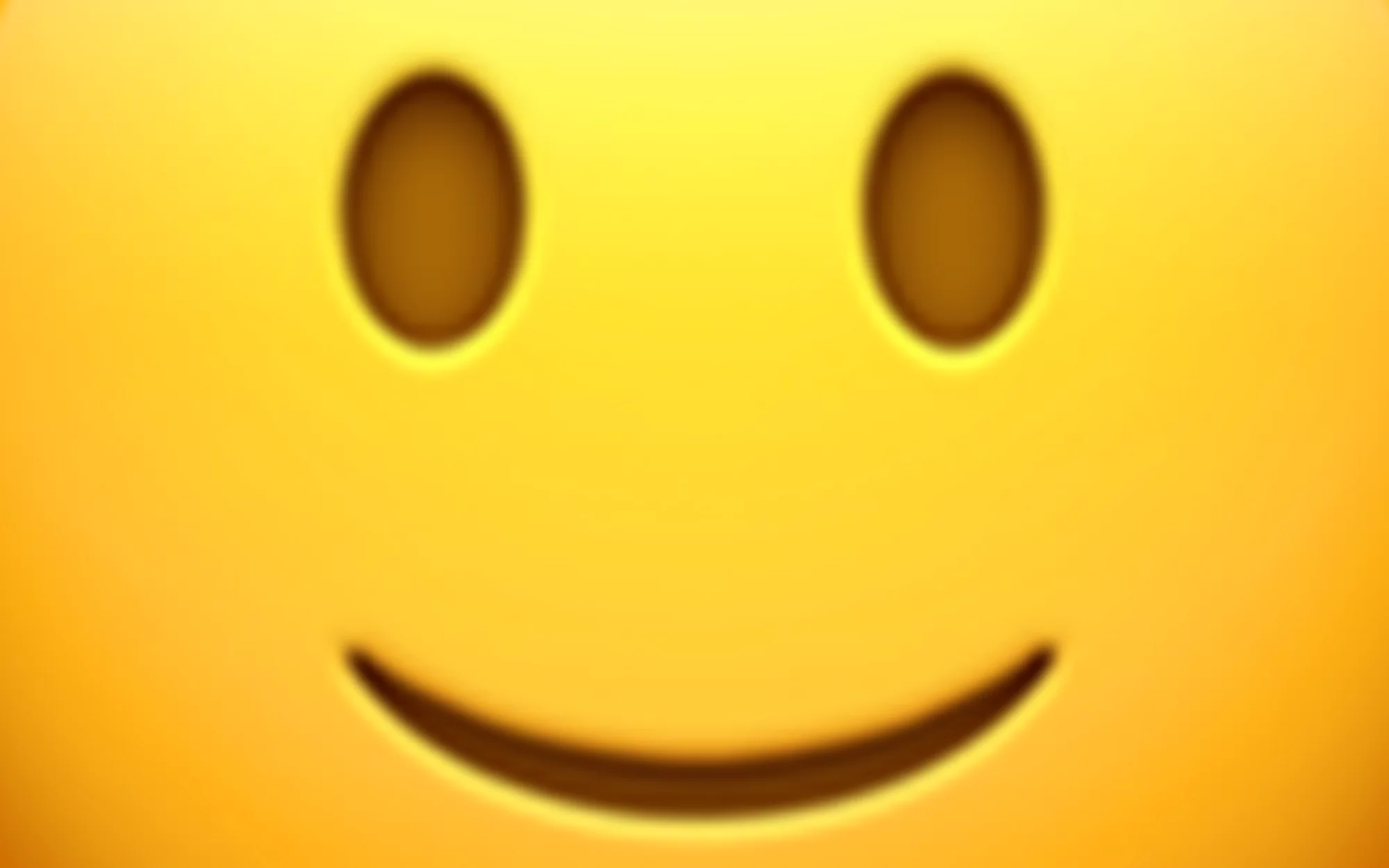
?(smiles with hearts): This one is a bit more recent. It is not usually used to express love, but rather as a way of passive-aggressively mocking someone. It is often followed by a classic ‘I hope this helps!’.
- ‘Maybe people would listen to you if you didn’t always interrupt them ?’.
As technology evolves and new emojis appear, Gen Z will use them to represent their identity in even more creative ways. This shift will not only broaden opportunities for individual expression, but also bring about cultural changes in the way we interact and understand each other in an increasingly digital world.
